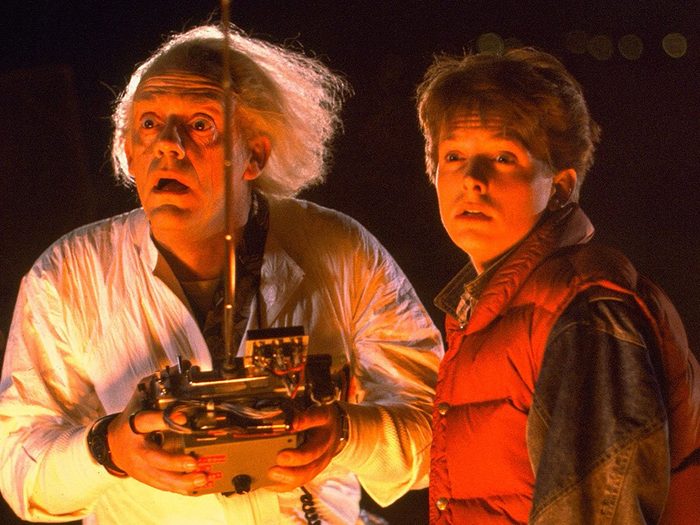
Back to the Future (1985)
As a result of his friendship with eccentric scientist Doc Brown (Christopher Lloyd), high schooler Marty McFly (Michael J. Fox) is accidentally sent back in time from the 1980s to the 1950s. While there, Marty inadvertently interferes with the relationship between his soon-to-be parents (Lea Thompson and Crispin Glover), putting his own existence in jeopardy. A playful and brilliantly-crafted crowd-pleaser, Back to the Future cemented the careers of Fox and director Robert Zemeckis.
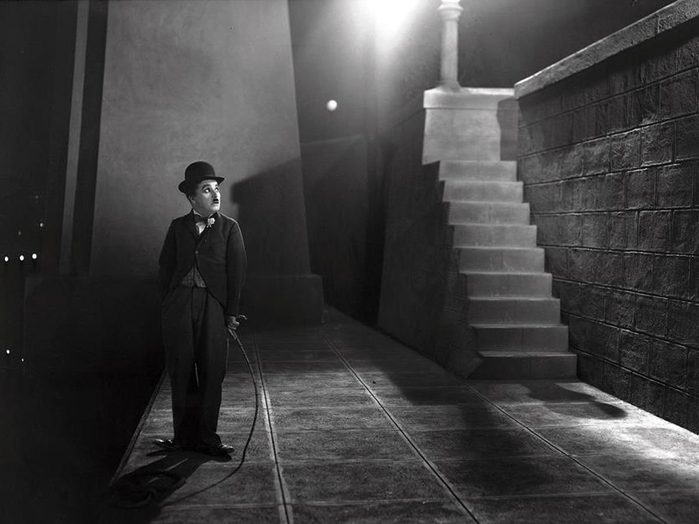
City Lights (1931)
Charlie Chaplin’s most famous outing as the kind-hearted Tramp is also one of the most beloved romantic movies ever made. City Lights follows the Tramp falling head-over-heels in love with a blind flower girl (Virginia Cherrill). Despite the girl mistaking him for a millionaire, he nevertheless vows to pay for a new blindness cure that will help her regain her sight. City Lights’ tear-jerking ending—influential film critic James Agee described it as the “greatest single piece of acting ever committed to celluloid”—is nothing short of magical.
(Related: 10 Healthy Movies to Watch on Netflix Canada)
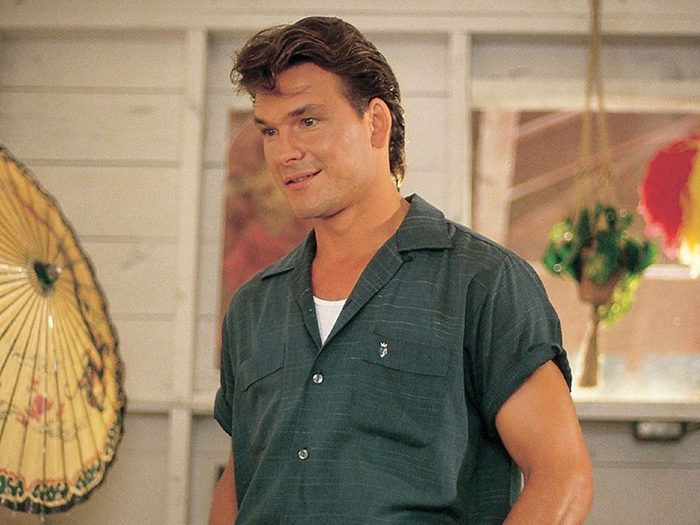
Dirty Dancing (1987)
Few romantic dramas are as unabashedly campy as Dirty Dancing, a 1960s-set forbidden romance you no longer need to feel bad about calling a guilty pleasure. Jennifer Grey and Patrick Swayze are perfectly cast for writer Eleanor Bergstein’s semi-autobiographical script, which tells the story of a rich young woman who falls for a dance instructor while vacationing with her family in New York’s Catskill Mountains.
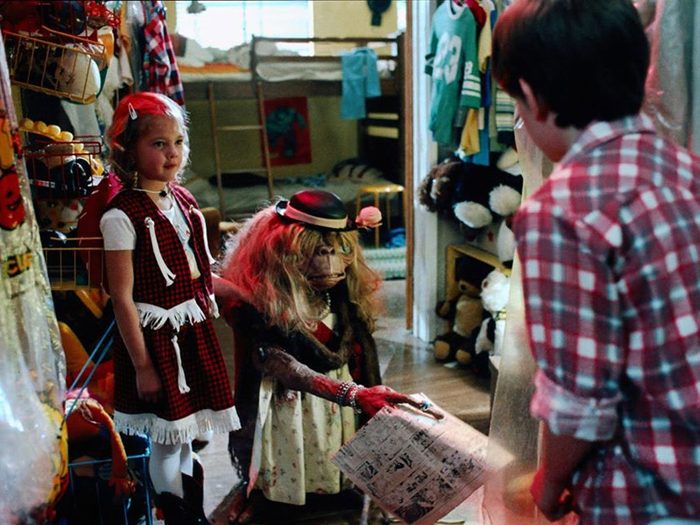
E.T. the Extra-Terrestrial (1982)
Accidentally left behind by his fellow travellers in California’s San Fernando Valley, a gentle alien creature must navigate a strange and hostile environment alone. He soon encounters Elliott (Henry Thomas), a 10-year-old who’s reeling from his parents’ recent separation. Along with brother Michael (Robert MacNaughton) and sister Gertie (Drew Barrymore), Elliott must find a way to evade E.T.’s government pursuers and send him home. Both a stirring depiction of growing up with divorce and a thrilling sci-fi adventure, the timeless E.T. the Extra-Terrestrial effortlessly blurs the line between art and entertainment.
(Related: 20 Breakup Movies That’ll Help You Get Over That Relationship)
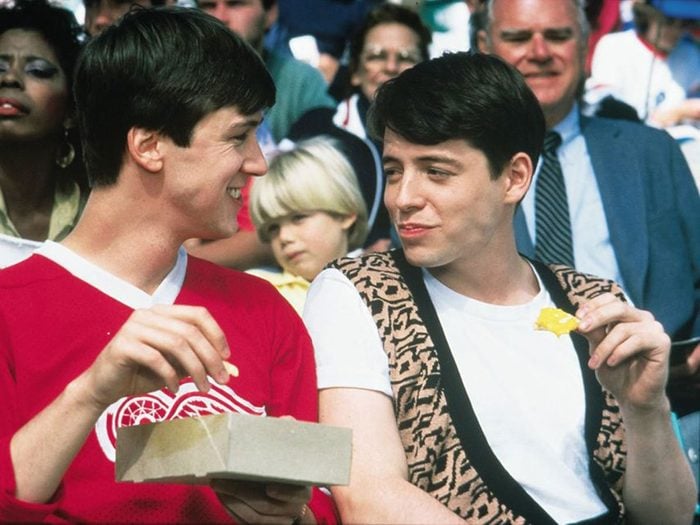
Ferris Bueller’s Day Off (1986)
John Hughes’s greatest movie (sorry, The Breakfast Club) continues to find new generations of fans, and rightly so. It isn’t just Bueller’s appealing slacker worldview or effortless cool that make it so, either: the scene in which his best friend, Cameron Frye (Alan Ruck), decides to finally stand up to his father is as moving today as it must have been back in 1986.
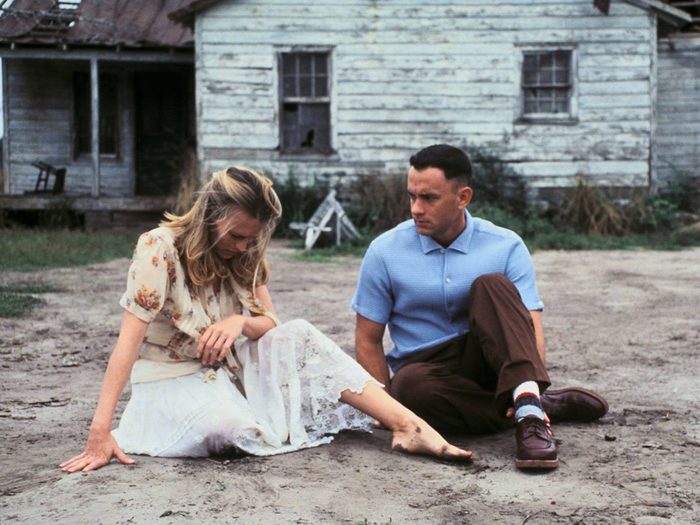
Forrest Gump (1994)
Eminently quotable and full of nostalgia, Forrest Gump tells the story of a naïve man (Tom Hanks) who becomes an unwitting participant in the 20th century’s most defining moments. Despite all of the history he’s witnessed, however, Forrest only needs the love of his beloved Jenny (Robin Wright). In a world of gloomy headlines and general uncertainty, we could all use a friend as optimistic and kind-hearted as Forrest Gump.
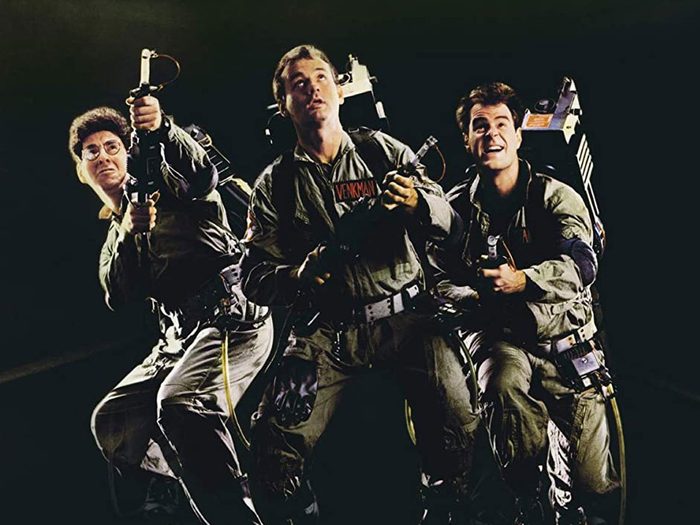
Ghostbusters (1984)
If there’s something strange in your neighbourhood, who you gonna call? Canadian Ivan Reitman’s beloved classic offers up a vision of New York City populated by monstrous ghosts and shapeshifting demigods. From its pitch-perfect performances (Bill Murray and Dan Aykroyd have never been better) to throwaway one-liners (“Human sacrifice, dogs and cats living together… mass hysteria!”), Ghostbusters is a wild ride from start to marshmallow finish.
(Related: What Watching Scary Movies Really Does to Your Body)
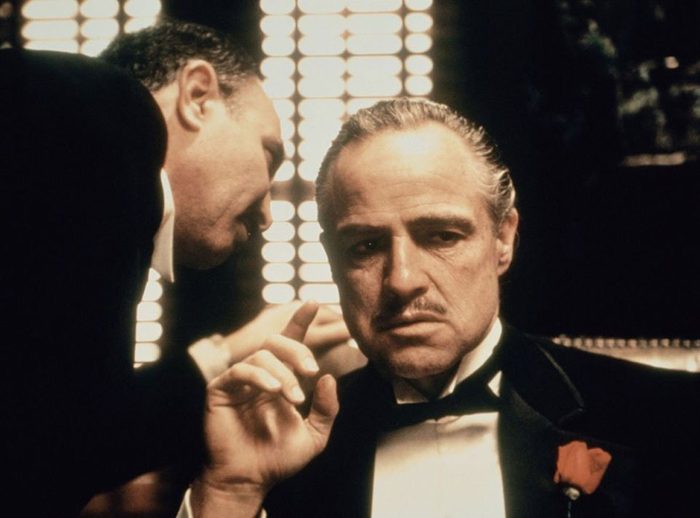
The Godfather (1972)
A horse’s head, a life-or-death offer, a double-murder in a quiet Bronx restaurant, a doomed marriage in Sicily, that ominous baptism—every moment in The Godfather feels grand and pitch-perfect. And though writer-director Francis Ford Coppola and his cast—Brando, Pacino, Duvall, Keaton and Caan, to name a few—have certainly made other great movies, The Godfather feels like a summation of everything cinema has to offer.
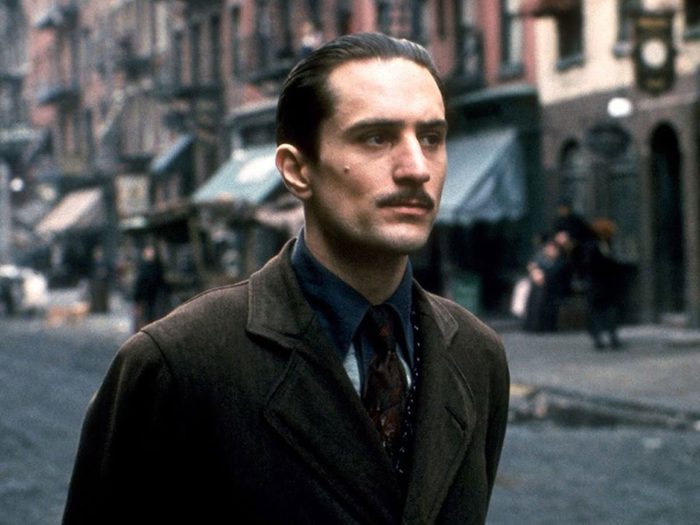
The Godfather Part II (1974)
What is left to say about The Godfather Part II that hasn’t already been said? The much-loved “Greatest Sequel Ever” is, like its predecessor, a tragedy worthy of Shakespeare. In this 1974 classic, mob boss Michael Corleone (Al Pacino) seeks to expand his criminal enterprise to Cuba, while his father, Vito (Robert De Niro, shown in flashbacks), flees to New York City from Sicily and very quickly learns that—contrary to the old adage—crime does pay.
(Related: Why You Shouldn’t Sleep with the TV On)
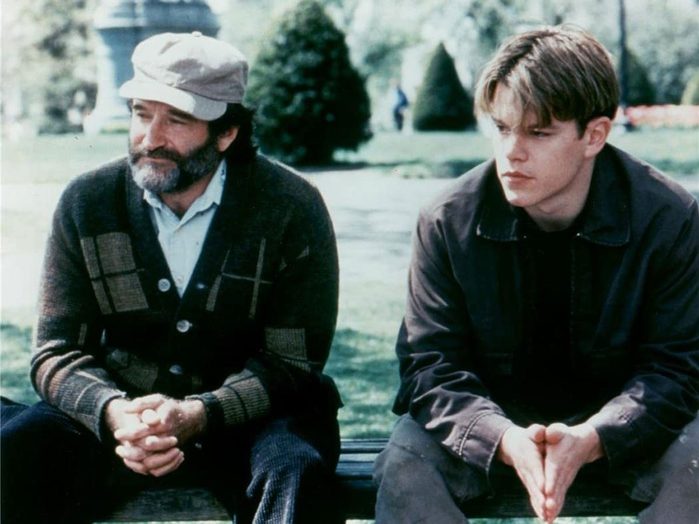
Good Will Hunting (1997)
When 20-year-old janitor Will Hunting (Matt Damon) isn’t wreaking havoc with his aimless buddies, he’s solving math problems that have stumped MIT professors for years. Leave it to Robin Williams—in his greatest role—to set the young punk on the right track. Damon and co-star Ben Affleck’s Oscar-winning screenplay is a sharp meditation on love, trauma and boy geniuses—and a bona fide ’90s touchstone. How do you like them apples?
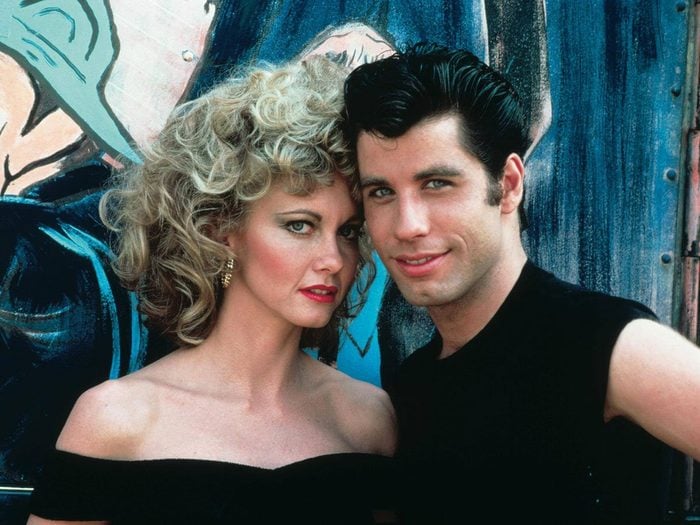
Grease (1978)
Over the summer of 1958, good Australian girl Sandy Olsson (Olivia Newton-John) and tough American greaser Danny Zuko (John Travolta) fall in love. But when the duo discover they’re attending the same high school, they face a dilemma: can they renew their romance while also keeping up their hard-earned reputations? More than 40 years later, Grease is still the word.
(Related: 10 Best Dance Movies of All Time)
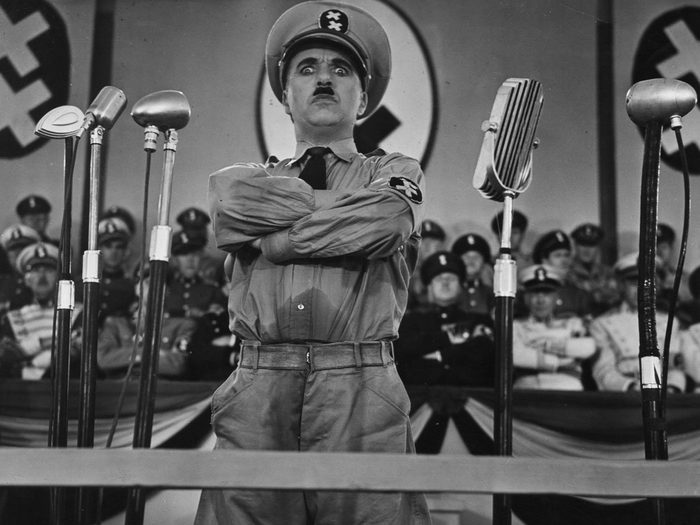
The Great Dictator (1940)
Charlie Chaplin was not one to shy away from big issues—his previous film, 1936’s Modern Times, was essentially a 90-minute-long critique of class inequality. With The Great Dictator, the legendary funnyman sets his sights on Adolf Hitler and plays two roles: the buffoonish dictator of the fictional “Tomainia” and a persecuted Jewish barber. The result is a masterpiece of satire and slapstick—Chaplin’s iconic final speech is as relevant now as it was in 1940.
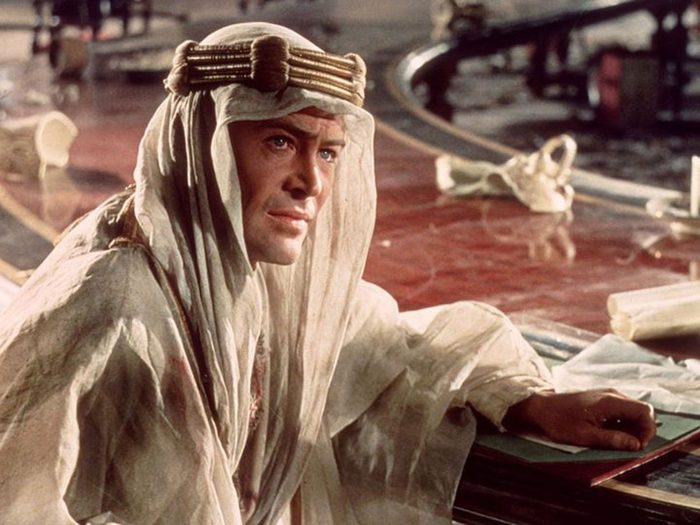
Lawrence of Arabia (1962)
Lawrence of Arabia may take poetic license with the Middle East campaigns of the First World War, but it’s still the very definition of epic: sprawling desert landscapes, stunning 70mm cinematography, battle sequences, glorious music and one of the best screenplays ever. Lawrence of Arabia would simply be style over substance, however, if not for the beating heart at its centre. As T.E. Lawrence, the late Peter O’Toole brought to life cinema’s most complicated hero: smart, ambitious, sexually ambiguous and plenty sadistic.
(Related: Why You Feel “Off’ After Scrolling Through Your Phone or Working on a Laptop)
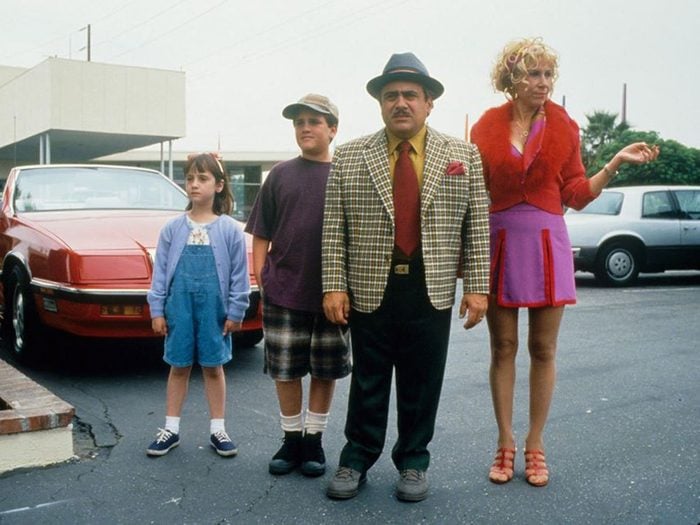
Matilda (1996)
In this quirky adaptation of the Roald Dahl book of the same name, a brilliant little girl discovers she has telekinetic powers, and uses her newfound gift to turn the tables on her abusive parents and tyrannical principal. Embeth Davidtz shines as Matilda’s saintly teacher, Miss Jennifer Honey, but the film’s real star is child actor Mara Wilson.
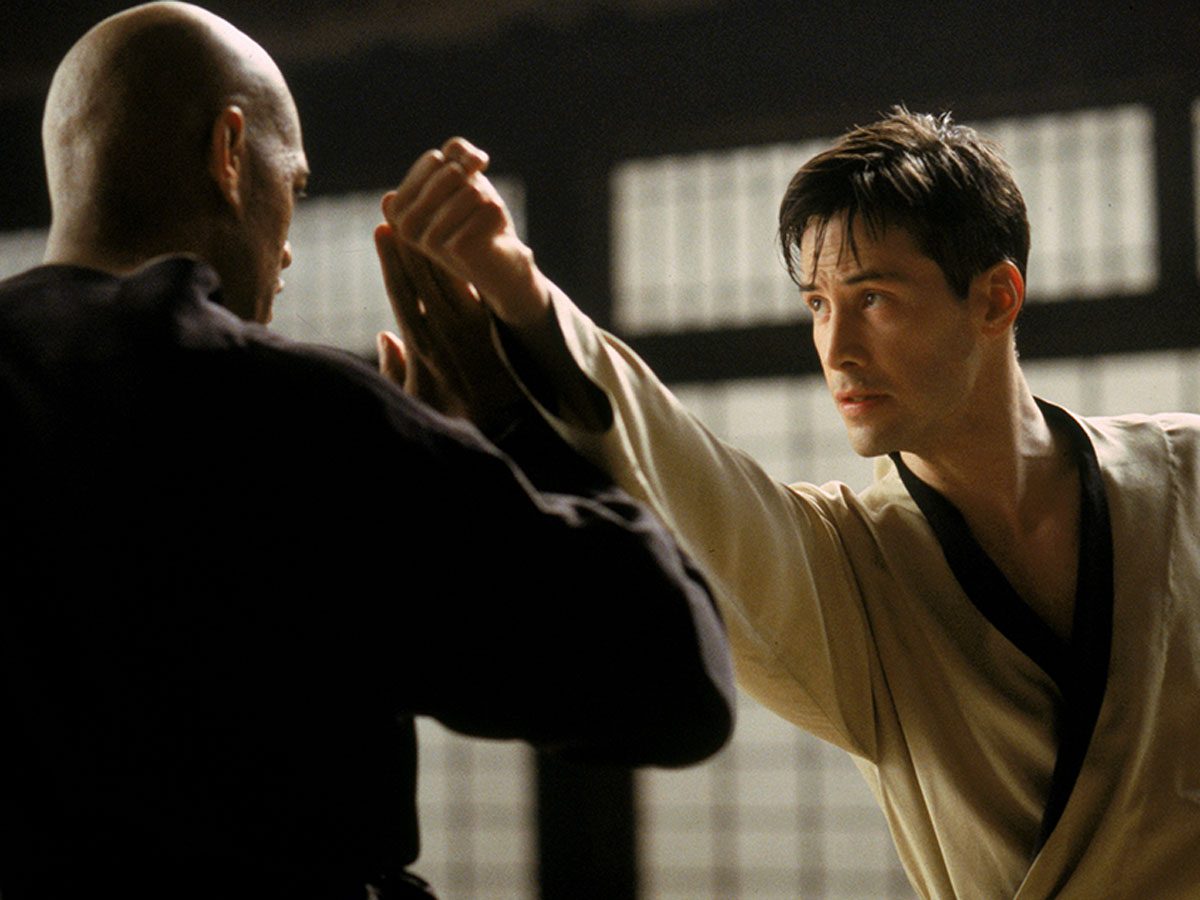
The Matrix (1999)
Tw0-hundred years in the future, intelligent machines have taken over the world. The machines harvest humans for their bioelectric power and keep them plugged into a shared simulated reality, while the surviving free humans plan their retaliatory attack from an underworld city called Zion. Humanity’s last hope: a computer programmer named Neo (Keanu Reeves). A benchmark movie of the ’90s, The Matrix’s state-of-the-art special effects and innovative action sequences have stood the test of time.
(Related: 7 Clear Signs You Need to Move More)
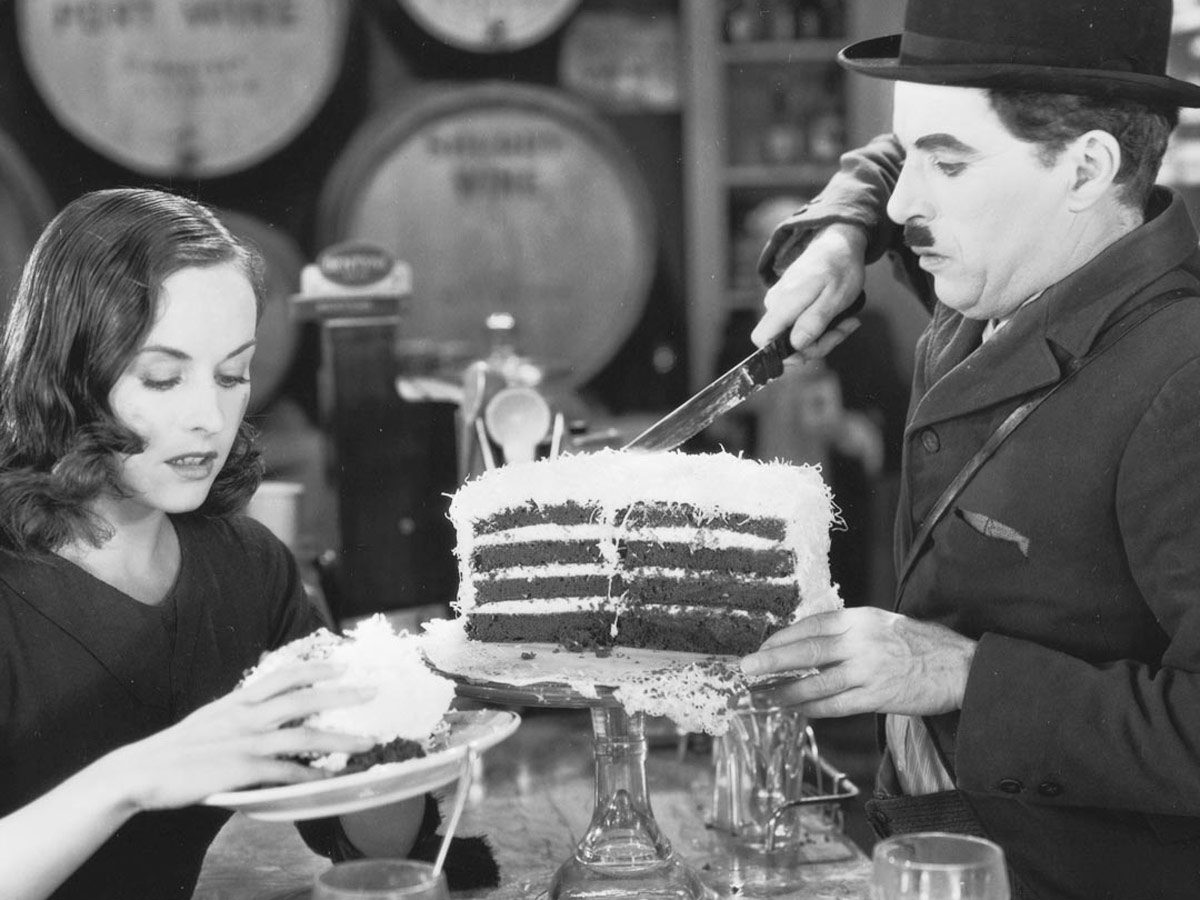
Modern Times (1936)
Charlie Chaplin’s final outing as the kind-hearted, mustachioed Little Tramp is also the best representation of his filmmaking genius. Modern Times follows the iconic character as he accepts back-breaking work as a factory employee, before falling for a young woman on the run (Paulette Goddard). With its hilarious sight gags and scathing critique of class inequality, Modern Times is a triumphant farewell to the silent era.
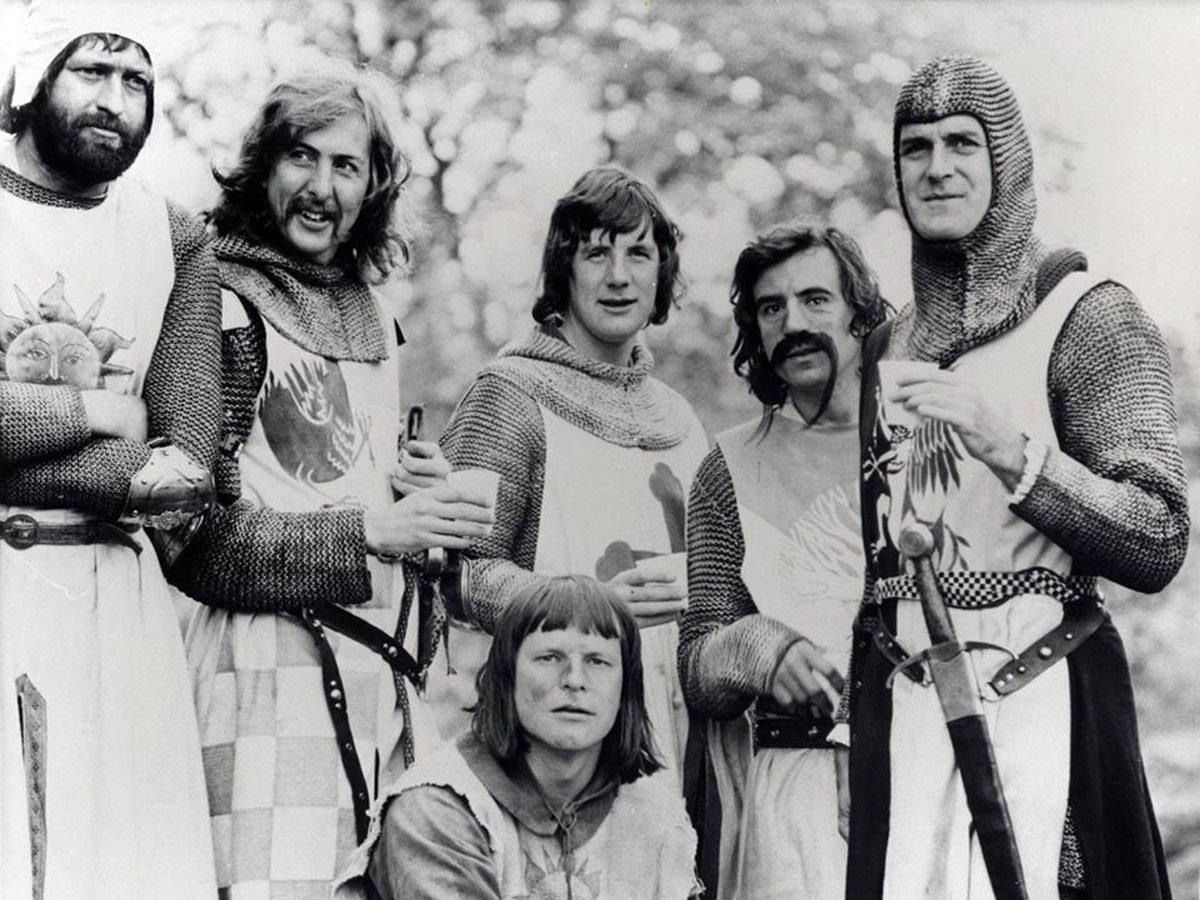
Monty Python and the Holy Grail (1974)
Monty Python has made better films (Life of Brian) and even more philosophical ones (The Meaning of Life), but neither match Monty Python and the Holy Grail in sheer irreverence, sight gags and laughs per minute. From its wonky opening credits—complete with fake Swedish subtitles—to its out-of-nowhere finale, The Holy Grail sees history’s most famous comedy group firing on all cylinders. You’ll never look at rabbits the same way again.
(Related: Why Do I Pee Myself When I Laugh?)
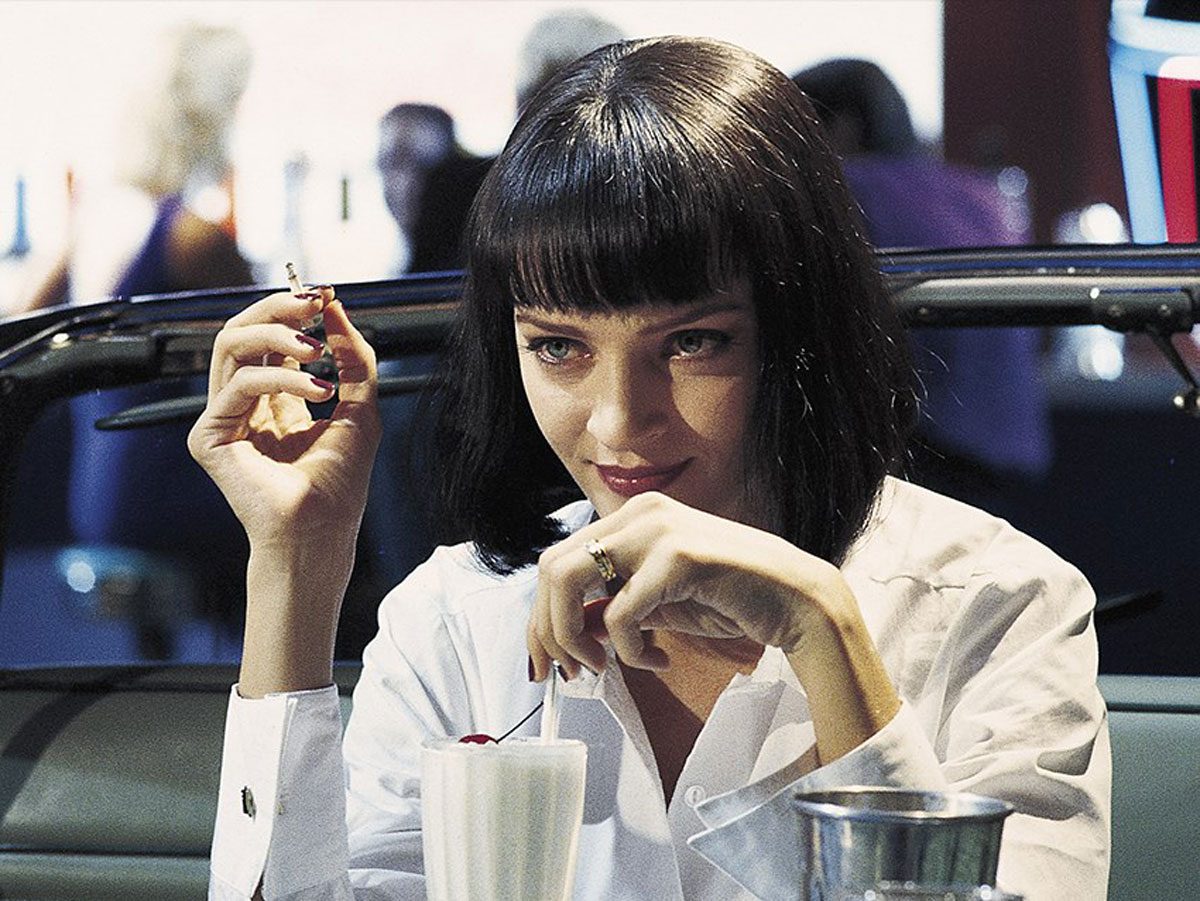
Pulp Fiction (1994)
Pulp Fiction may still be the best version of Quentin Tarantino Land: a colourful place filled with pop-culture references, hyper-literate characters and exploding heads. Take your pick of storylines: John Travolta and Samuel L. Jackson’s chatty hitmen, Uma Thurman’s dance-loving moll, or Bruce Willis’ love-drunk ex-boxer. Twenty-five years later, Pulp Fiction is still exhilarating—like an adrenaline shot to the heart, so to speak.
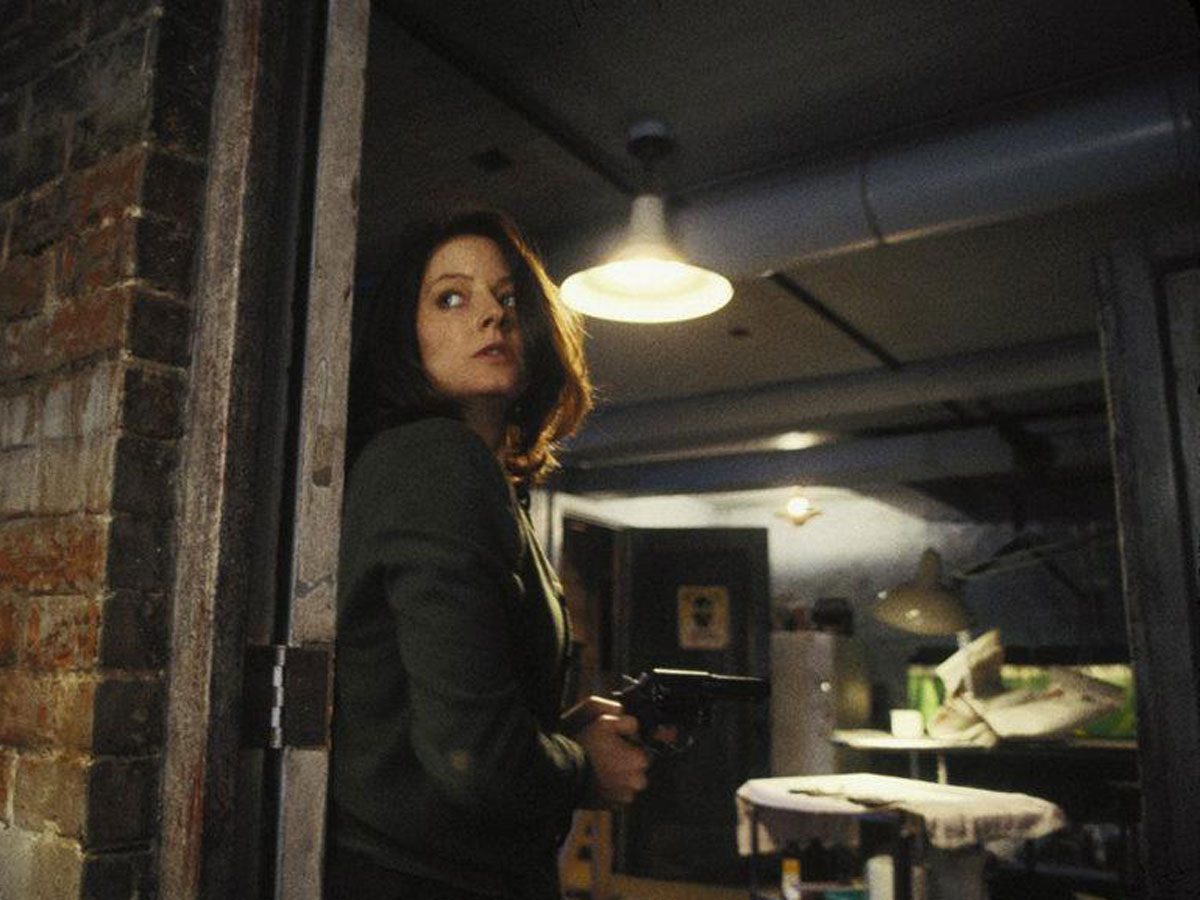
The Silence of the Lambs (1991)
It’s no wonder Jonathan Demme’s The Silence of the Lambs swept the “Big Five” categories at the Oscars, and became an instant cultural touchstone. By the time serial killer Buffalo Bill gets his comeuppance, Anthony Hopkins’ Dr. Hannibal Lecter had become cinema’s most fascinating monster, Jodie Foster’s Clarice Starling its most inspiring hero, and chianti the wine of choice for psychopaths everywhere. The high point of The Silence of the Lambs, an impromptu therapy session that reveals the significance of the film’s title, remains one of the most haunting scenes in American movies.
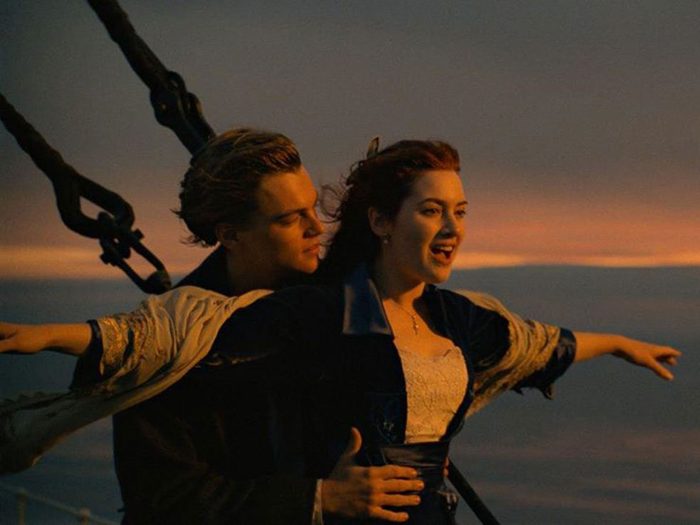
Titanic (1997)
There had been several movies made about the RMS Titanic before James Cameron’s 1997 blockbuster, but none had the inspired idea to set Romeo and Juliet on the ill-fated passenger liner. Beautifully constructed, perfectly cast, and with more than a few scenes that have become enshrined in pop culture consciousness, Titanic is one of Hollywood’s last old-fashioned epics. We’re inclined to forgive the Celine Dion theme, too.
(Next: 25 Comedies on Netflix Canada to Watch When You Need a Laugh)
